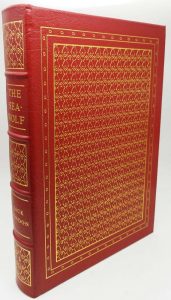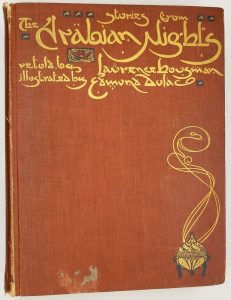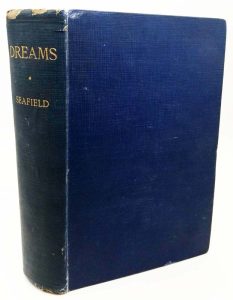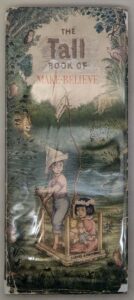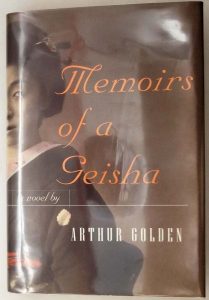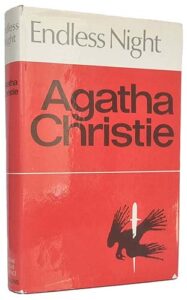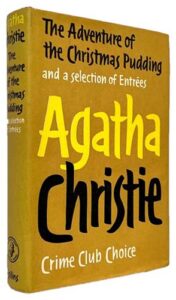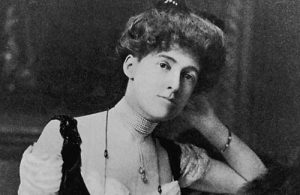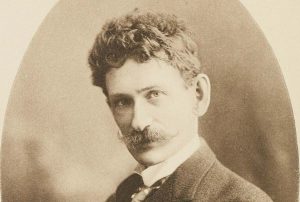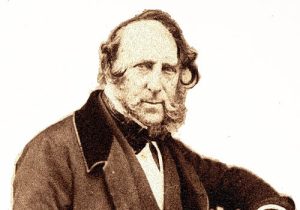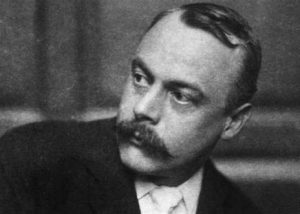Marcia Brown – American Author and Illustrator 1918-2015
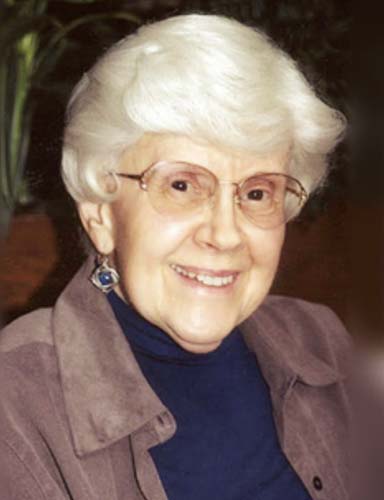
Of the thirty books Marcia Brown has written, translated, and illustrated, three have won Caldecott Medals and six have been named Caldecott Honor Books, an unprecedented achievement and proof of her success in portraying the spirit of a story; Brown always wanted to illustrate children’s books, particularly individual folk and fairy tales. After graduating from the New York College for Teachers in 1940, she taught English and drama for three years before deciding to immerse herself in children’s literature. At a time when the Central Library in New York was the seminal hub of children’s literature, she was hired into the New York Public Library system. Marcia Brown worked as an assistant librarian from 1943 to 1948, telling stories, mounting exhibits, and meeting people involved in children’s books from all over the world. During her tenure there, she continued taking art lessons with the hope of becoming a writer and an illustrator. This, plus her love of art, reading, and travel, provided the foundations for her stories.
Her first book, The Little Carousel (1946), focuses on a child’s loneliness when he is left at home by himself. Barbara Bader has noted that at a time when picture books addressed “archetypes and universals,” Brown’s book saw the “personal and circumstantial.” Stone Soup, winner of the 1948 Caldecott Medal, was the first of many folk and fairy tales Brown would illustrate. Brown firmly believes in the power of story as one of the building blocks children need in defining their personalities and in the power that pictures have in making tales memorable. Because she believes that children need heroes with whom they can identify, she has presented ordinary people who achieve extraordinary feats a poor boy becomes Lord Mayor of London (Dick Whittington and His Cat, 1950); a penniless son becomes the Marquis of Carabas (Puss in Boots, 1952); a stepdaughter goes to the prince’s ball (Cinderella, or the Little Glass Slipper, winner of the 1955 Caldecott Medal).
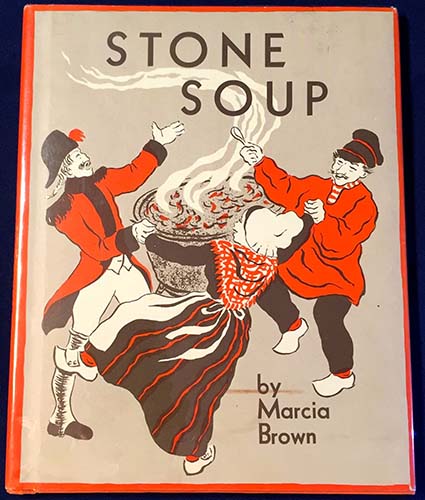
Further, Marcia Brown believes that “fairy tales are revelations of sober everyday fact. They are the abiding dreams and realities of the human soul,” She also believes that an illustrator must feel the rhythm of the story in order to “interpret. . . and intensify its meaning.” Brown has always been faithful to this creed; her hallmark is the originality she brings to her art. She has used wash and fine, pastels and ink, gouache and watercolors, and linoleum cuts in her interpretations: each time, she let the story dictate the medium. To evoke the endurance and spirit of fable, Brown turned to woodcuts for stories such as Once a Mouse, winner of the 1962 Caldecott Medal, Backbone of the King (1966), and The Blue Jackal (1977).
Because she believes in the vital importance of passing down folklore from generation to generation, she was enthralled by a poem by the Swiss-born French writer Blaise Cendrars, which became Shadow, winner of the 1983 Caldecott Medal and her most powerfully illustrated book. This tale, inspired by African storytelling, reaches back and taps man’s primal fear of die dark, hauntingly pulling ghosts, past and present, in and out of the subconscious. Through Shadow, Marcia Brown has created the dance Of dare eternal spirit of man, again1, successfully weaving timelessness through her work. In 1992 she won the Laura Ingalls Wilder Award for the body other work.
S.R.
Source: Children’s Books and their Creators, Anita Silvey.
Marcia Brown Bibliography
- The Little Carousel (Scribner’s, 1946)
- Stone Soup: An Old Tale, 1947
- The Trail of Courage: A Story of New Amsterdam, 1948
- Henry, Fisherman: A Story of the Virgin Islands, 1949
- Face of Ennui, 1949
- Dick Whittington and his Cat, 1950
- Skipper John’s Cook, New York: Junior Literary Guild and Charles Scribner’s Sons, c1951
- Puss in Boots, 1952
- The Steadfast Tin Soldier, 1953
- Anansi, the Spider Man: Jamaican Folk Tales, Philip Manderson Sherlock, author, 1954
- Cinderella, or the Little Glass Slipper, 1954
- The Flying Carpet, 1956
- God’s Voice in the Folklore: Nonsense Rhymes and Great Legends, 1956
- Three Billy Goats Gruff, 1957
- Felice, 1958
- Peter Piper’s Alphabet: Peter Piper’s Practical Principles of Plain and Perfect Pronunciation, 1959
- Tamarindo!, 1960
- Once a Mouse…: A Fable Cut in Wood, 1961
- A Budget of Lively Exploits, or H.M. Indefatigable: Being the Merry History of Helen Masten behind the Library Lions, 1961
- The Wild Swans, 1963
- The Conquest of Mexico: A Study in Historiography, 1965
- Backbone of the King: The Story of Paka’a and his son Ku, 1966
- Neighbors, 1967
- How, Hippo!, 1969
- Giselle, or The Wilis, 1970
- The Bun: A Tale From Russia, 1972
- The Snow Queen, 1972
- All Butterflies: An ABC, 1974
- Bougainville: The Establishment of a Copper Mine, 1974
- From Tiger to Anansi, 1975
- American Picture Books from Noah’s Ark to The Beast Within, 1976
- The Blue Jackal, 1977
- Giselle: A Role for a Lifetime, 1977
- A Man’s Reach: The Autobiography of Glenn Clark, 1977
- Listen to a Shape, 1979
- Touch Will Tell, 1979
- Walk With Your Eyes, 1979
- Shape and Form, 1979
- Touch and Feel, 1979
- Look and See, 1979
- Shadow, 1982 — Caldecott Medal winner
- Le Roman Féminin d’Haïti: Forme et Structure, 1985
- Narragansett Bay Issue Assessment: Public Perceptions, 1987
- L’Acteur Féminin dans Amour: Colère et Folie de Marie Chauvet, 1987
- Sing a Song of Popcorn: Every Child’s Book of Poems, 1988
- The Sea of Gold and Other Tales from Japan, 1988
- Of Swans, Sugarplums, and Satin Slippers: Ballet Stories for Children, 1991
- Feminist Perspectives: Six Women from the South discuss Gender in the Development Process, 1993
- 75 Years of Children’s Book Week Posters: Celebrating Great Illustrators of American Children’s Books, 1994
- How the Ostrich Got its Long Neck: A Tale from the Akamba of Kenya, 1995
- We Were Innocent: Eight Vignettes, 1997
- Act It Out! Teacher’s Planning Guide, 1997
- Arthur and the Lost Diary: A Chapter 9 Book, 1998
- Here Light Opens, 2000
- Arthur and the Pen-Pal Playoff: A Chapter 6 Book, 2001
- Vittoria Colonna, Gaspara Stampa, and Louise Labé: Their Contribution to the Development of Renaissance Sonnet, 2002
- Brand Me, Inc., 2004
- Calculate with Confidence, 2016
